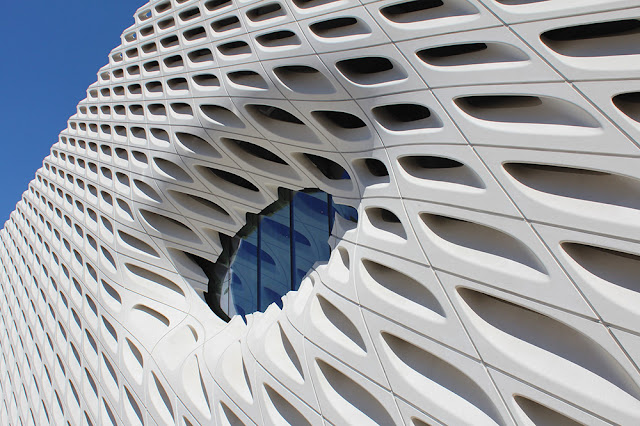Exploring The Applications Of Fiber Reinforced Concrete Market In Infrastructure Development
 |
Fiber Reinforced Concrete Market |
The fiber reinforced concrete (FRC) market has gained significant traction in recent years due to its remarkable properties and wide range of applications in infrastructure development. Fiber reinforced concrete combines the strength of traditional concrete with the added benefits of various fibres, resulting in a durable and versatile construction material.
The global Fiber Reinforced Concrete Market was valued at US$ 2,330.40 Mn in 2020 and is forecast to reach a value of US$ 3705.00 Mn by 2028 at a CAGR of 5.64% between 2022 and 2028.
In this article, we will explore the diverse applications of fiber reinforced concrete in infrastructure development and discuss the growth prospects of the fiber reinforced concrete market.
Bridges and Highways:
Fiber reinforced concrete is extensively used in the construction of bridges and highways. The addition of fibres, such as steel or synthetic fibres, enhances the crack resistance and durability of the concrete, making it ideal for withstanding heavy loads, temperature variations, and harsh environmental conditions. FRC improves the structural integrity and extends the service life of these critical infrastructure elements.
Tunnels and Underground Structures:
Fiber reinforced concrete finds applications in the construction of tunnels and underground structures, where it provides excellent resistance against cracking, shrinkage, and spalling. The enhanced toughness and ductility of FRC make it suitable for reinforcing tunnel linings, underground vaults, and other subterranean constructions, ensuring long-term structural stability.
Industrial Floors:
In industrial facilities, where heavy machinery and equipment are utilized, fiber reinforced concrete is widely employed in the construction of industrial floors. The addition of fibers improves the resistance to impact, abrasion, and fatigue, making the concrete more resilient and capable of withstanding the demanding conditions found in factories and warehouses.
Airport Pavements:
Fiber reinforced concrete plays a vital role in the construction of airport pavements, including runways, taxiways, and aprons. The use of FRC in these areas improves the concrete's resistance to cracking caused by aircraft traffic, temperature changes, and weathering. It also enhances the load-carrying capacity, reducing maintenance needs and increasing the longevity of airport infrastructure.
Residential and Commercial Buildings:
Fiber reinforced concrete is employed in the construction of residential and commercial buildings to enhance their structural performance. By reducing cracking and improving flexural strength, FRC provides better resistance against seismic forces, thermal stresses, and other external factors. This leads to safer and more durable structures that require minimal maintenance.
Water and Wastewater Treatment Facilities:
The exceptional durability and chemical resistance of fiber reinforced concrete make it suitable for water and wastewater treatment facilities. FRC is used in the construction of tanks, pipes, and other structures exposed to harsh chemicals and corrosive environments. It ensures long-lasting performance and prevents costly repairs or replacements.
The applications of fiber reinforced concrete in infrastructure development are extensive and diverse. From bridges and highways to tunnels, industrial floors, airport pavements, and residential/commercial buildings, FRC offers enhanced durability, crack resistance, and structural integrity.
The Precast Concrete Market has experienced significant growth over the past few years. This is because of its ability to be used in a wide variety of construction applications, and its versatility in design.
The fiber reinforced concrete market is poised for significant growth as the demand for sustainable, long-lasting infrastructure continues to rise.
As construction practices evolve, the adoption of FRC is expected to increase, further fueling the growth of this market and contributing to the development of resilient and reliable infrastructure systems.
Comments
Post a Comment